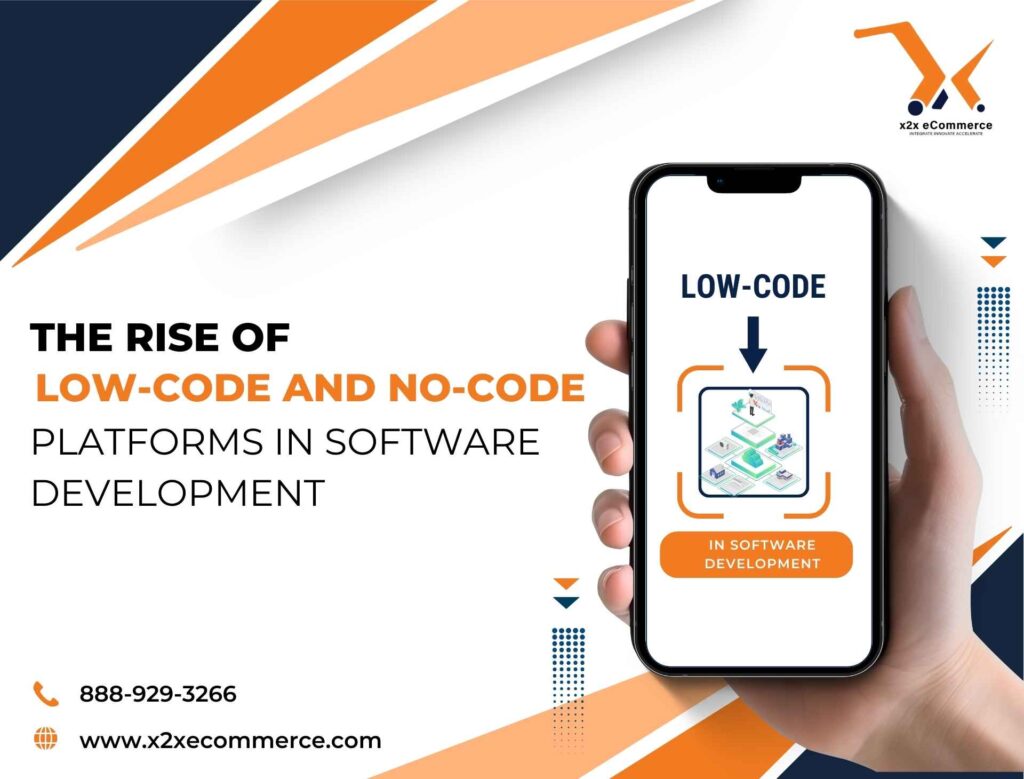
Businesses are accelerating digital transformation by increasing software development, automating workflows, and reducing dependency on traditional coding. Low-code and no-code platforms are reshaping the software development landscape, empowering both technical and non-technical users to build applications efficiently with little or no coding.
What are Low-Code and No-Code Platforms?
Low-code platforms provide a visual interface with drag-and-drop components and some coding flexibility for customization. No-code platforms, on the other hand, are fully codeless and built for non-technical users, allowing them to design and deploy applications without writing a single line of code.
Why Is This Trend Gaining Prominence?
Speed and Efficiency
Traditional development can take months or even years. Low-code and no-code platforms significantly reduce development time, enabling application deployment within days or weeks.
Reduced Cost
By minimizing the need for large development teams, businesses save on hiring costs while still building robust applications.
Empowering Citizen Developers
Non-technical roles like business analysts and project managers can now create tailored applications without heavy IT reliance, boosting productivity across departments.
Flexibility and Scalability
These platforms allow seamless integration with other systems, enabling businesses to adapt and scale according to their needs.
Reduced IT Backlog
By empowering more users to build apps, IT teams can focus on more complex development tasks and infrastructure management.
Industries Using Low-Code and No-Code Platforms
Many industries are leveraging these platforms for faster innovation:
- Finance: Workflow automation, compliance tracking, and customer service tools.
- Healthcare: Patient portals and telemedicine apps.
- Retail: E-commerce, inventory systems, and loyalty programs.
- Manufacturing: Supply chain and predictive maintenance applications.
Challenges and Considerations
While beneficial, these platforms come with some challenges:
- Customization Limits: Complex features may still require traditional coding.
- Security Concerns: Applications must follow best practices to avoid vulnerabilities.
- Integration Issues: Legacy systems and certain third-party tools may not integrate easily.
The Future of Low-Code and No-Code Development
As AI and automation evolve, these platforms will become even more powerful. Improved security, smarter integrations, and increased functionality will drive adoption further. They won’t replace traditional development but will complement it, making innovation faster and more accessible.
Low-code and no-code platforms are democratizing software development. By enabling faster, cost-effective solutions, they’re accelerating digital transformation and reshaping how businesses innovate.





